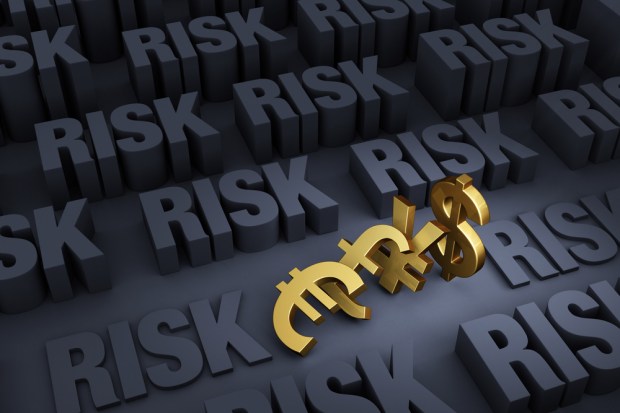Uncovering Hidden Supply Chain Risk

Hanover Stone and Baker Tilly have teamed up to uncover, identify and protect against vendor pitfalls that can bedevil the supply chain, as John J. Kelly of Hanover Stone and Brian Lane of Baker Tilly explain.
It’s not what you don’t know that can hurt you in business as much as it is what you don’t know you don’t know.
For firms with increasing global reach, especially across supply chains that stretch across borders, knowledge remains among the most important guarantors of safety, whether in making sure products are delivered as advertised (within spec) or in financial transactions, data sharing and communication shared across cyberspace. Uncovering vendor risk can be as important as monitoring the day-to-day operations of any other part of a firm, especially in B2B relationships.
To that end, risk management services firm Hanover Stone Partners and accounting and advisory enterprise Baker Tilly Virchow Krause LLP have linked up to deliver vendor risk management services, with an eye on gauging cyberrisk and other considerations tied to contractors and suppliers.
In an interview with PYMNTS, Brian Lane, partner in the financial services group of Baker Tilly, noted that private and smaller companies may be at relatively greater risk than public firms, which tend to have greater scrutiny of internal controls (and reporting of internal controls). There are also difference between U.S. and, say, European levels of examination of risks, which can be more robust among nations in the latter region.
Also in an in interview, John J. Kelly, managing partner of Hanover Stone Partners, stated that the “Achilles heel” of supply chains for firms can be the vendors. And both executives said that the increasing reliance on computers and other technology to track production, quality control and logistics (and also payments) can be both boon and risk. Consider smaller pharma companies that can act with just a few dozen employees, creating and selling billions of dollars of product annually. Disruptions can have a profound impact on bottom lines.
But it is through IT risks and data breaches that firms can see the biggest threats. As Kelly said: “The risk of IT security breaches through the back door of third-party vendors, contractors and suppliers with less stringent controls is becoming increasingly recognized by both sophisticated organizations and federal government regulators as the next emerging risk in the broader category of IT security.” That means that the combination of the two firms works to help monitor and educate enterprises on regulatory and compliance mandates that are in place and looming and to examine, for example, the due diligence that may have been in place during vendor selection and thereafter.
